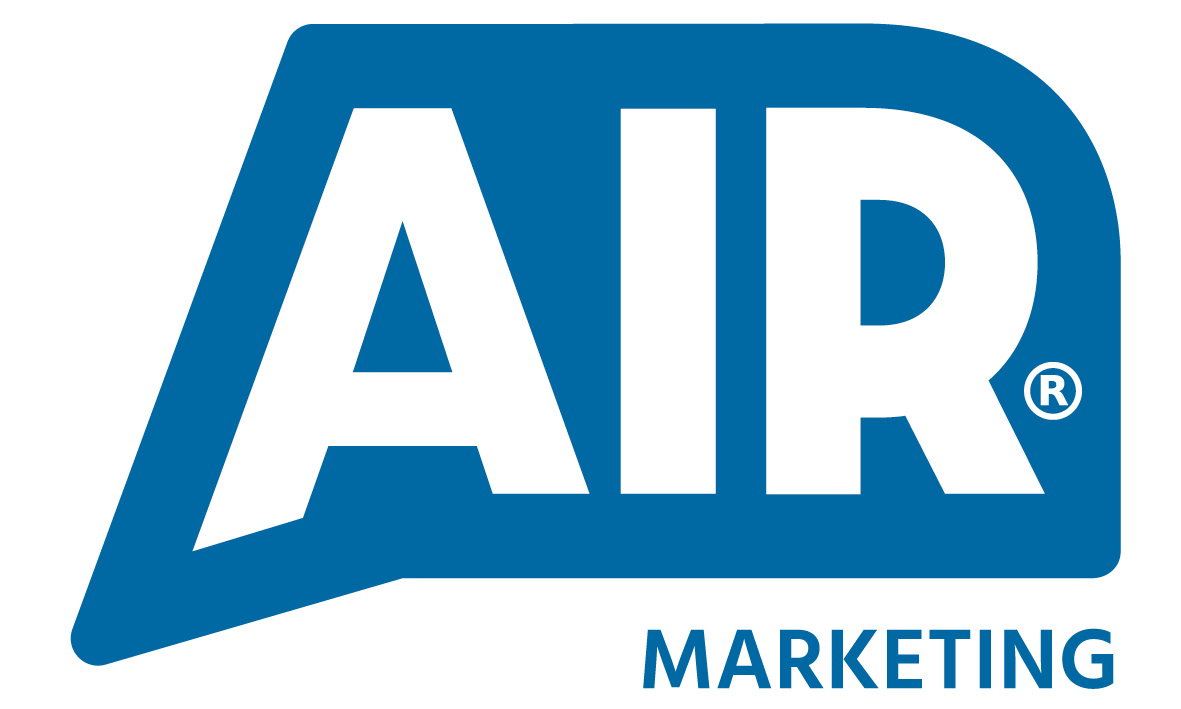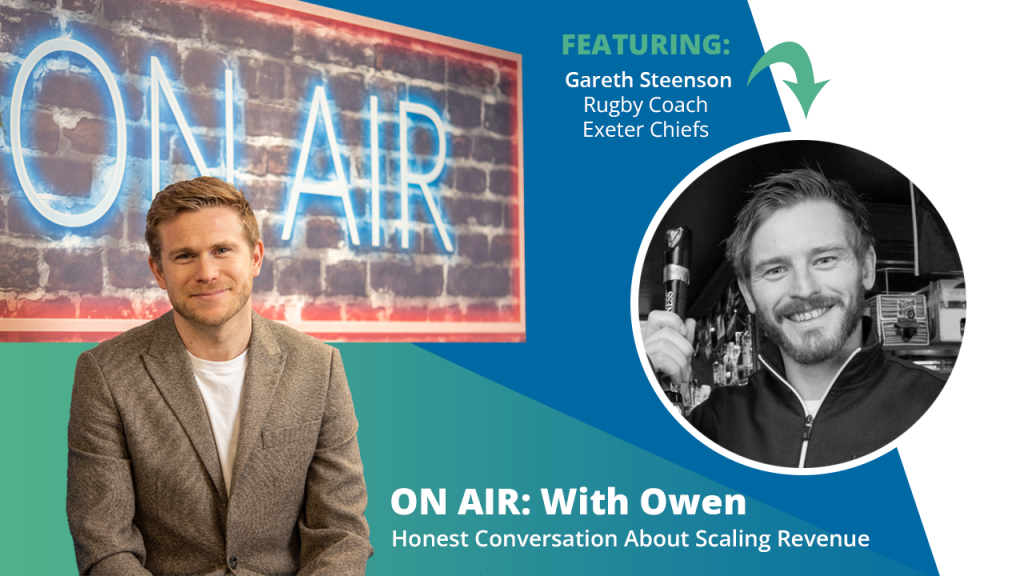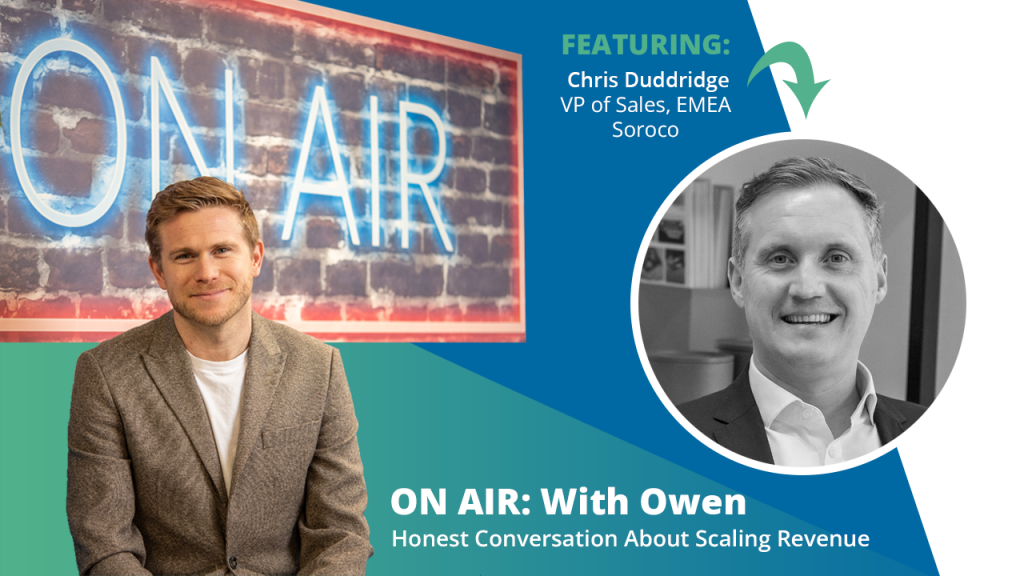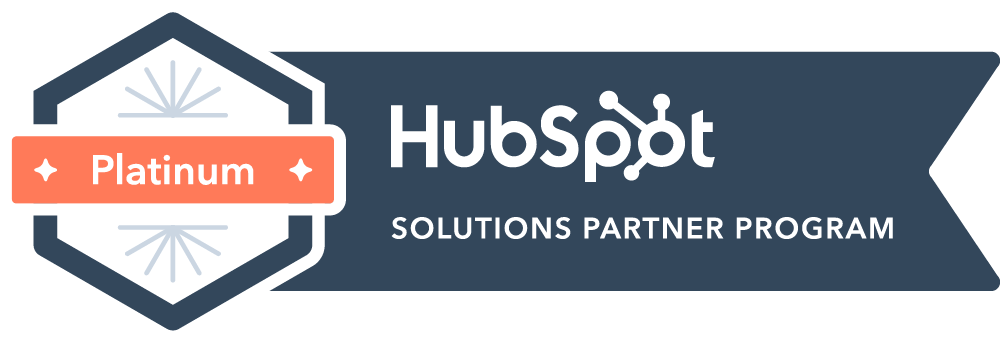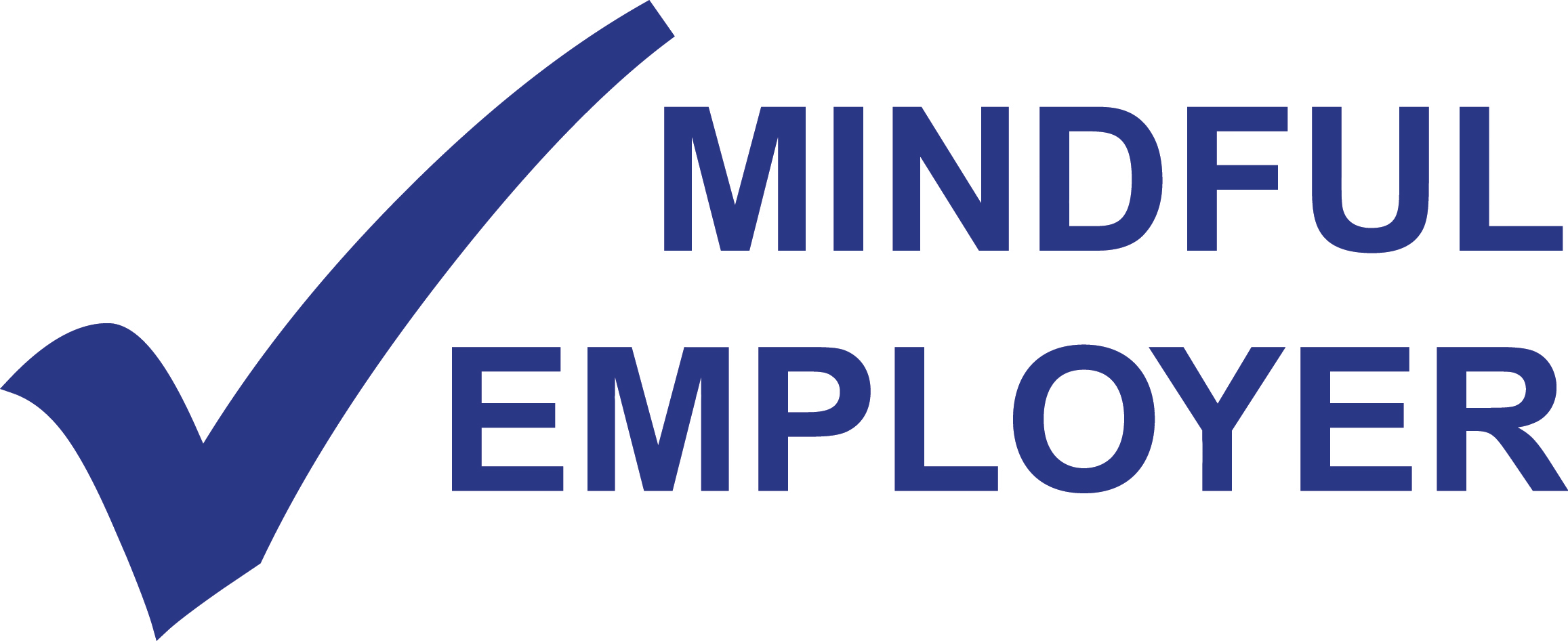When it comes to structuring a successful B2B cold call, the first thing to remember is that there’s no silver bullet, golden ticket, or magic words to guarantee you’re going to make a sale with every call. The truth is that this is less of a science and more artistry, but like any art, preparation can be the difference between success and failure.
Before delving any deeper into this topic, it’s important to define what a “successful” cold call is. Our findings indicate that the majority of cold calls end without a sale, but that doesn’t mean they aren’t successful. If your definition of success is a sale, then you’re going to spend a lot of your time disappointed. The point of a cold call is to identify a good fit for the product or service you’re selling, as identifying if the product or service doesn’t fit, is just as valuable.
Ultimately, you’re there to create a conversation with the prospect and being too focused on the wrong outcome can cause the conversation to fail.
Things that people tend to do well
Now, this is complicated, as we’ve already said, it’s an art form and as such, your personality plays a big part in how this conversation forms. There are, however, some simple techniques that Sales Professionals use to help steer the conversation and prevent it from stalling before it gets started.
Language and human behaviour:
This is hugely influential in the conversation, so plan and prepare. Regardless of whether you are B2B or B2C, there is another person involved at the other end of the phone. The most human question of all is “What’s in it for me?” and, even if this isn’t said out loud, it will be at the front of the persons mind you’re speaking to. If, as a seller you can put yourself in the position of the prospect and answer this challenging question, there’s a good chance you can keep their attention long enough to have a conversation.
Body language:
Believe it or not, body language can also be a factor. Do what feels natural but make each person you talk to feel that they are the most important call you’ve had. And don’t forget to smile! It comes across in your voice, as does your posture.
Scripts:
It’s important to structure what you’re going to say. There is nothing wrong with a script but learn and test it – put yourself in the prospects’ position to see what your responses are. If you say the same thing as everyone else and the gatekeeper or prospect has heard it a thousand times, you will get the answer they have given a thousand times.
Tone of voice:
Your tone of voice can also help with the conversation along with the language you use. There are certain phrases that trigger the sales alarm in peoples’ heads and ways to say the same thing that elicits a different response. Low and slow is how people talk when they are relaxed and comfortable. If you turn into a children’s TV presenter and babble your way through, the prospect will disengage.
Treat the prospect like an equal – you have a solution to a problem they’re likely to have. The key is to find out if this prospect has that problem now, or is likely to have it in the near future.
Things that people tend to do wrong
There is no such thing as the perfect structure, unless of course you know the prospect well. If we assume you don’t, then there are some general pit falls to avoid.
A lack of honesty and transparency:
Honesty is the best policy with the prospect, so let the prospect know from the outset what you’re calling for and how the conversation will go. If you can explain that you will only take a few minutes of the prospects’ time and if, after that the solution doesn’t fit, you’ll part friends with no hard feelings, and they’ll likely keep you in mind for the future. Framing the call in this way also helps people to relax, as they understand what is expected of them.
Not drawing and keeping the prospect’s attention:
Get the prospect’s attention, don’t just be the same salesperson they have previously hung up on. People buy from people, so don’t ask them something you don’t want an answer to. “How are you today?” can be a great question but is completely wasted if you then talk over their answer or fail to listen to what they say. Starting with something like, “I’m just looking at your website now” might just interrupt the usual sales call pattern, enough for them to take an interest in why you’re looking.
Without teamwork, you can’t make the dream work:
Try to get on the same team as the prospect. If you imagine you are having a conversation across the garden fence, you need to climb over the fence and remove the barrier, so you see things the same. This becomes essential when they have an objection. It’s never a good idea to argue or to dismiss their objection with something flippant like “We’re not like that”. Again, try and work from the same side of the fence, empathise and agree… “that’s terrible when that happens, I understand”. It’s basic human nature that when people tell you “You’re wrong”, you dig your heels in and the alarm bells start. Even if you know you’re wrong, you won’t agree with them.
Focusing too much on the sales pitch and not the conversation:
The importance of planning the call is crucial, so it’s vital that you have thought about all the possible reactions of your prospect and have a plan to bring the conversation back on track. This is a conversation, but you need to remain in control and steer it down a course that suits you.
One very important part of the conversation that most people forget to plan, is the end of the call. You have outlined the conversation to the prospect and said if this isn’t a good fit you will part as friends and if that’s the case, as it will be most of the time, then do what you have said. For that small percentage of calls, which end with the prospect wanting more, it’s not good if you don’t know what to do next. Ensure that if the prospect wants you to go into more detail, you are prepared to or at least you can book an appointment for this to happen and move them into the discovery stage. The last thing a prospect wants is to be enthused about your offer and then find you are completely unprepared for the next step.
Interested in learning more? Check out this insightful episode of ON AIR: With Owen where our Founder & CEO, Owen Richards, chats to 6th Door Founder, Chris Dawson, about this subject in more detail.
To be successful in cold calling you need to understand your customer, their challenge and how your offer provides a solution. If you’d like guidance and support with structuring your next B2B cold call, we can help; get in touch today or download our FREE B2B Cold Call Script Template.
